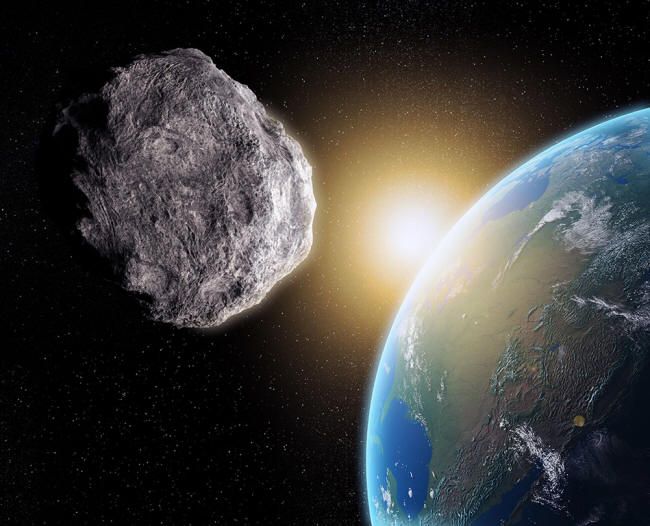|
is poised to unveil the truth...
But we weren't born with all these oceans - it had to come from somewhere else. And new research suggests that mysterious "dark comets" may be the source.
They aren't like the typical comets most of us
know, trailing an icy coma, but are much sneakier, slipping through
interplanetary space with nothing but a whisper.
Among these are the comets and asteroids, which are usually easy enough to tell apart.
But the telltale signature of a comet is its coma...
Occasionally, a comet will tumble its way into
the inner Solar System. As it approaches the Sun, the ices
sublimate, carrying with them a train of dust. We can spot this
trail, which can stretch for millions of miles, as the comet's coma.
Note that these cometary tails introduce a curious bit of motion in a comet's path.
While the movement of a comet is dominated by the
gravity of the Sun, the release of the dust and gas acts as a little
exhaust, giving the comet a source of acceleration not due to
gravity alone.
After groups around the world discovered a dozen more of these enigmatic creatures, another astronomer, Darryl Seligman, gave them a fittingly enigmatic name:
It's becoming clear that comets and asteroids aren't binary choices, but rather two ends of a wide spectrum.
There are plenty of asteroids that occasionally sport comas, and now we're seeing comets that don't. However, there is no universally accepted explanation for what causes dark comets.
They might be comets that passed by the Sun multiple times without breaking apart, leaving them depleted of dust... but still enough ice to give them an extra push.
This means that they are still releasing some
small amount of gas, but not enough for us to detect it from Earth.
However, we don't know
how many of them there are.
Certainly some water was carried along with all the other dust and debris that assembled to form our planet 4.5 billion years ago, but much of that was lost as evaporation due to the heat of our formation and the intense glare of the Sun.
After the Earth began solidifying, some trapped
water managed to squeeze out of the surface, forming shallow
pools... but not the gigantic oceans that cover our planet where
Earth life presumably began.
A giant collision with another planet isn't going to work; the intense heat of that kind of impact would vaporize any water that could have been along for a ride.
That leaves lots of smaller impacts, and the only
objects left are the asteroids and comets.
And comets, typically around 50-80 percent pure water ice, spend almost all their lives in the outer Solar System.
So perhaps dark comets are the key.
It's an intriguing hypothesis, but right now is merely a guess.
There are barely more than a dozen known dark
comets, and we barely know anything about them except for the fact
that they're difficult to classify and contain some fraction of
molecules like water.
|


